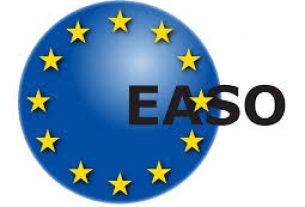The European Systemic Risk Board has today published a report on the macroprudential implications of financial instruments that are measured at fair value and classified as Level 2 and Level 3 instruments for accounting purposes.[1]
Supervisory data from the European Banking Authority show that EU banks[2] had fair value financial assets totalling €7,279 billion on their balance sheets in December 2018 (accounting for around 25% of total assets), with €2,379 billion in Level 1 (mostly debt securities), €4,600 billion in Level 2 (mostly derivatives) and €300 billion in Level 3. Relative to the situation at the end of 2016, data for December 2018 show a sizeable decline in the total value of financial instruments measured at fair value, driven by a decline in derivative positions.
Conceptually, the report identifies three main areas where financial instruments measured at fair value can affect financial stability and thus have a macroprudential impact. These relate to (i) inaccurate valuation of financial instruments, (ii) possible volatility and illiquidity in times of stress (particularly for financial instruments classified in Levels 2 and 3), and (iii) inadequate reflection of underlying risks in the prudential framework.
Available data also reveal that the relative importance of financial instruments classified in Levels 2 and 3 varies significantly across banks and that there is substantial heterogeneity in the underlying portfolios, instruments and models associated with those instruments. With that in mind, policy responses should focus on (i) increasing transparency through improved disclosure, (ii) making full use of the mandates assigned to auditors, accounting enforcers and microprudential supervisors, and (iii) promptly incorporating the Fundamental Review of the Trading Book into the EU’s prudential framework.










